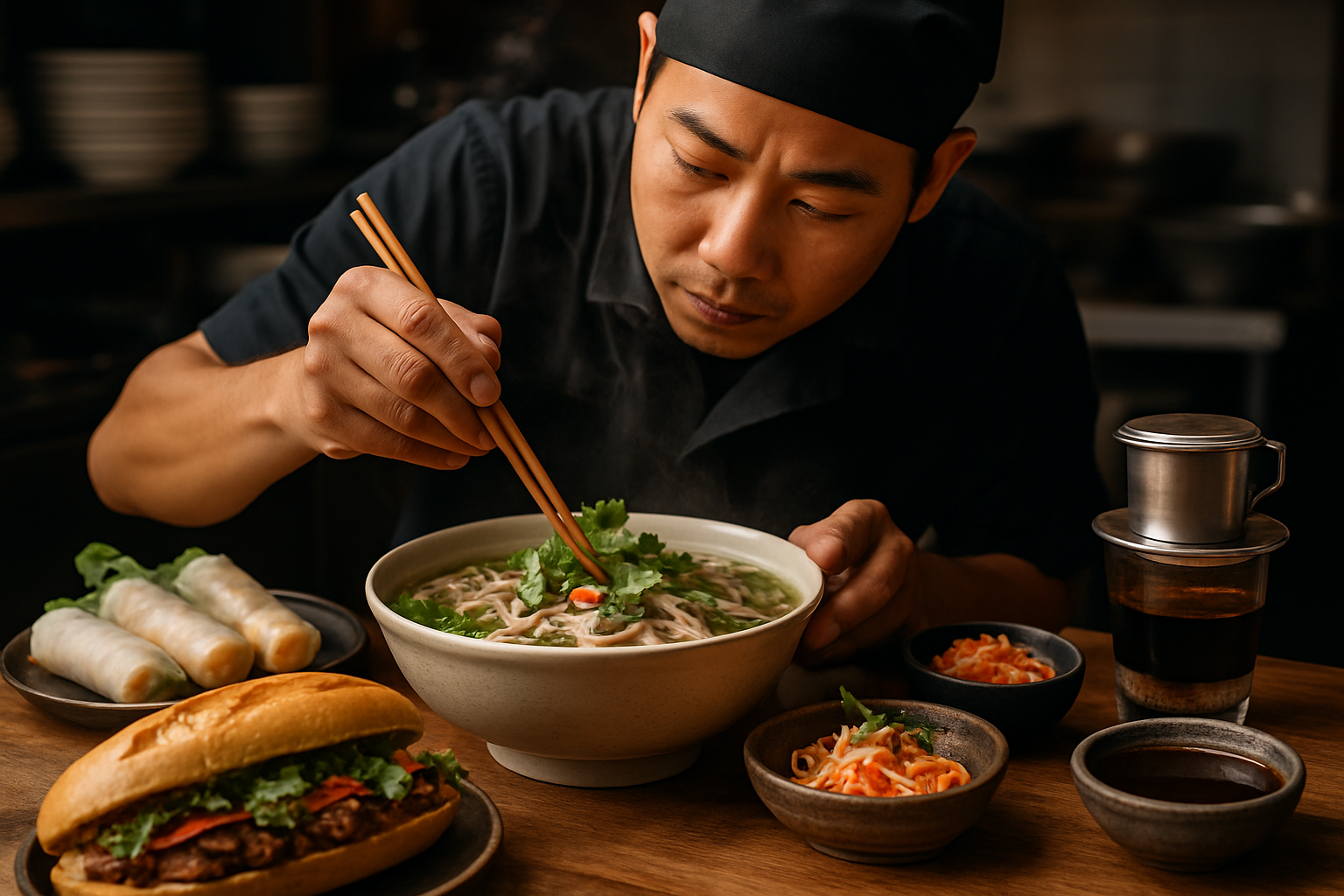Asian Food: A Flavorful Guide to Ingredients, Street Eats, and Noodles
Asian food is a broad, living tapestry of tastes, techniques, and traditions that stretches across an entire continent. From spice-forward curries to delicate sashimi, it balances regional ingredients, centuries-old methods, and modern influences. This article explores the core elements that make Asian cuisine beloved worldwide and why street food and noodles play such central roles.

food: Why Asian meals are so varied
Asia’s size and cultural diversity mean there’s no single “Asian” taste — instead, multiple food systems coexist. Coastal regions emphasize seafood and fermentation; inland and mountainous areas rely on preserved foods, grains, and hearty broths. Religious and cultural practices shape menus, from vegetarian traditions to halal preparation. Seasonal ingredients and local agriculture also lead to wide differences in flavor profiles, techniques, and meal structure, making Asian food adaptable and regionally distinctive.
asian: Regional flavors that define the continent
Breaking Asia into culinary regions helps make sense of common threads. East Asia (China, Japan, Korea) often foregrounds soy, rice, and umami-rich techniques like steaming, braising, and pickling. Southeast Asia (Thailand, Vietnam, Malaysia, Indonesia) leans on bold herbaceousness, lime, coconut, and balanced sweet-sour-spicy profiles. South Asia (India, Pakistan, Bangladesh) emphasizes complex spice blends, legumes, and slow-cooked sauces. Central and West Asia bring grilled meats, flatbreads, and aromatic rice dishes. Each region borrows and innovates, producing a dynamic culinary mosaic.
cuisine: Signature techniques and staple ingredients
Core techniques unify many Asian cuisines: stir-frying in a wok for quick, high-heat cooking; steaming for gentle texture preservation; fermenting to develop depth; and slow braising to coax flavors from tougher cuts. Staples include rice (both short and long grain), noodles, soy-based products (tofu, miso, soy sauce), seafood, and a wide array of vegetables and legumes. Fresh herbs — cilantro, Thai basil, mint — and aromatics like garlic, ginger, and lemongrass frequently define a dish’s character. The interplay of texture (crunchy, silky, chewy) is as important as taste.
street food: The heartbeat of Asian culinary culture
Street food is central to how many people experience Asian food, offering fast, affordable, and highly regional bites. Markets and food stalls serve everything from skewered meats and dumplings to grilled corn and sweet desserts. Street food often highlights local ingredients and traditions more candidly than formal dining. It also fosters culinary innovation: many signature restaurant dishes began as street fare. Safety and hygiene vary by location, so when trying street food in your area or while traveling, observe stall cleanliness and how busy a vendor is as rough indicators of freshness and turnover.
noodles: From ramen to rice noodles — global favorites
Noodles illustrate how a simple ingredient can spawn countless variations. Wheat-based noodles appear in Chinese lamian and Japanese ramen, while rice noodles are central to dishes like Vietnamese pho and Thai pad thai. Preparation methods differ — boiled, stir-fried, or deep-fried — and broths range from light and clear to rich and bone-based. Noodles adapt well to vegetarian or meat-forward preparations and are commonly paired with sauces, broths, herbs, and proteins. Their global popularity stems from their affordability, versatility, and satisfying textures.
Cultural context and modern trends in Asian cuisine
Contemporary Asian food blends tradition with global trends. Urban dining scenes fuse local techniques with contemporary presentation, while diaspora communities adapt recipes to local ingredients, further spreading popularity. Health-conscious diners are driving demand for lighter versions of classic dishes, plant-based substitutes, and transparent sourcing. At the same time, preserving artisanal methods — like traditional fermentation or handmade noodles — remains important to many cooks and communities who value culinary heritage.
Conclusion
Asian food encompasses a huge range of flavors, ingredients, and dining experiences — from home-cooked stews to bustling street food markets and comforting bowls of noodles. Its regional diversity and adaptability have made it a cornerstone of global cuisine, offering something for every palate while continuing to evolve through innovation and cultural exchange.




